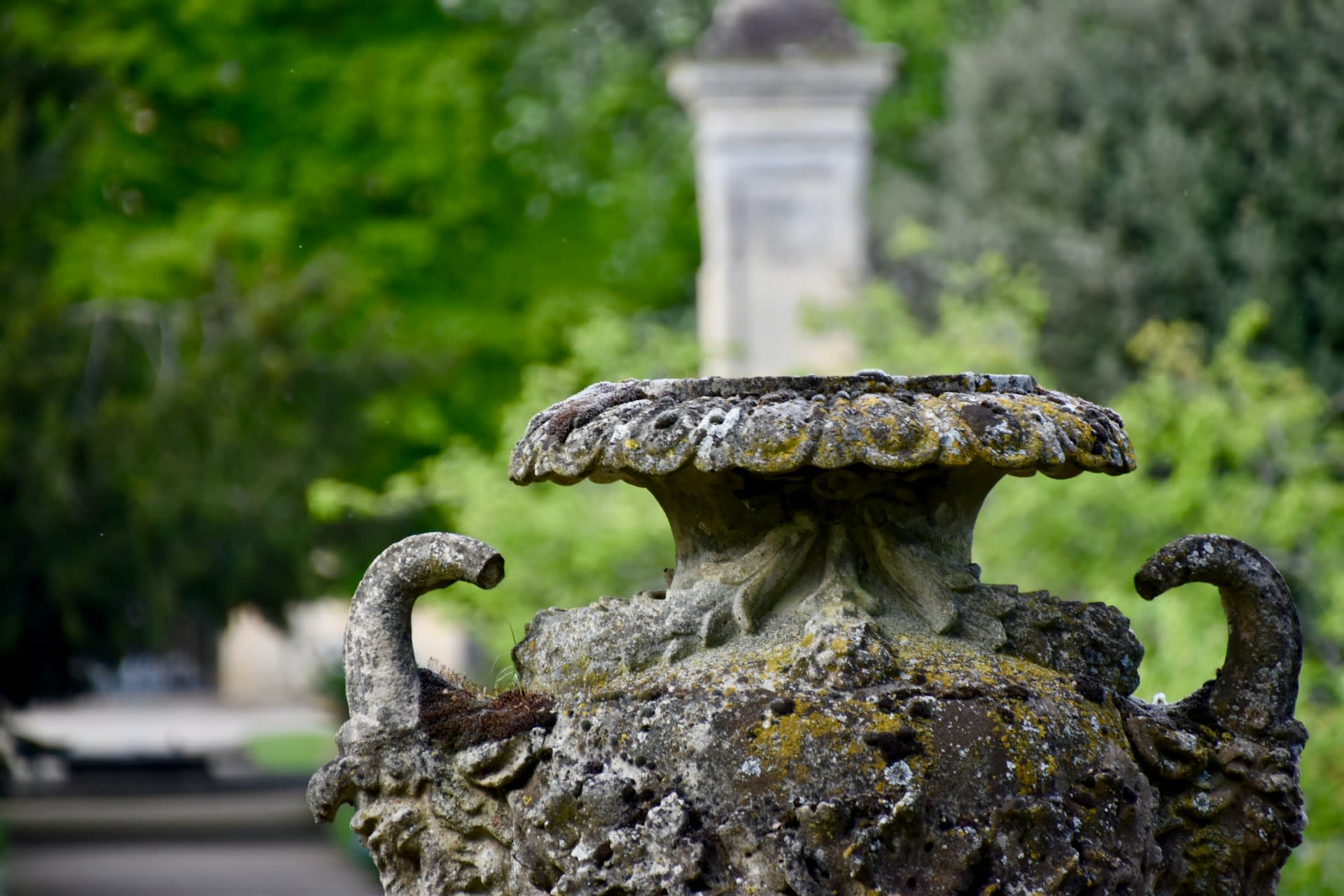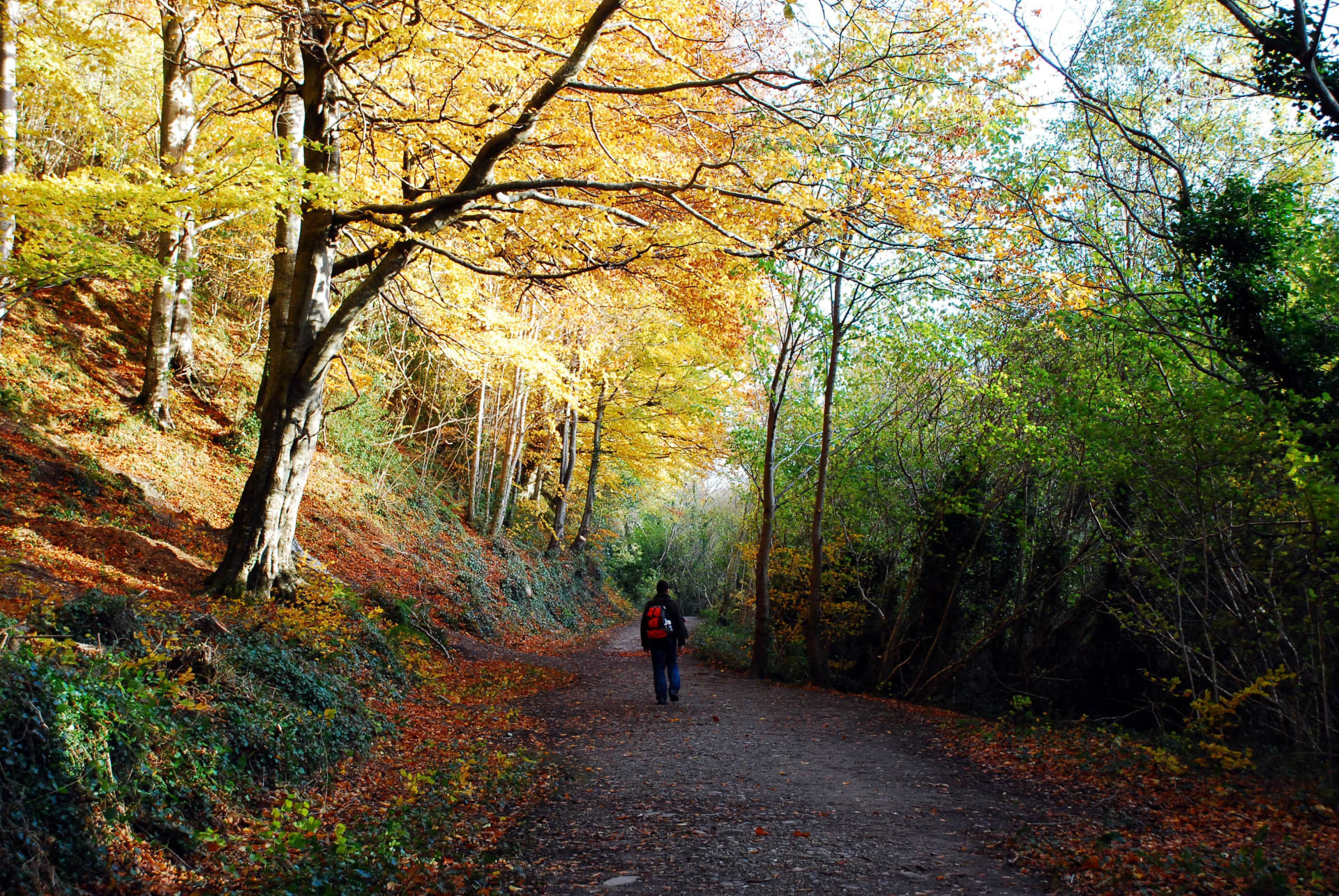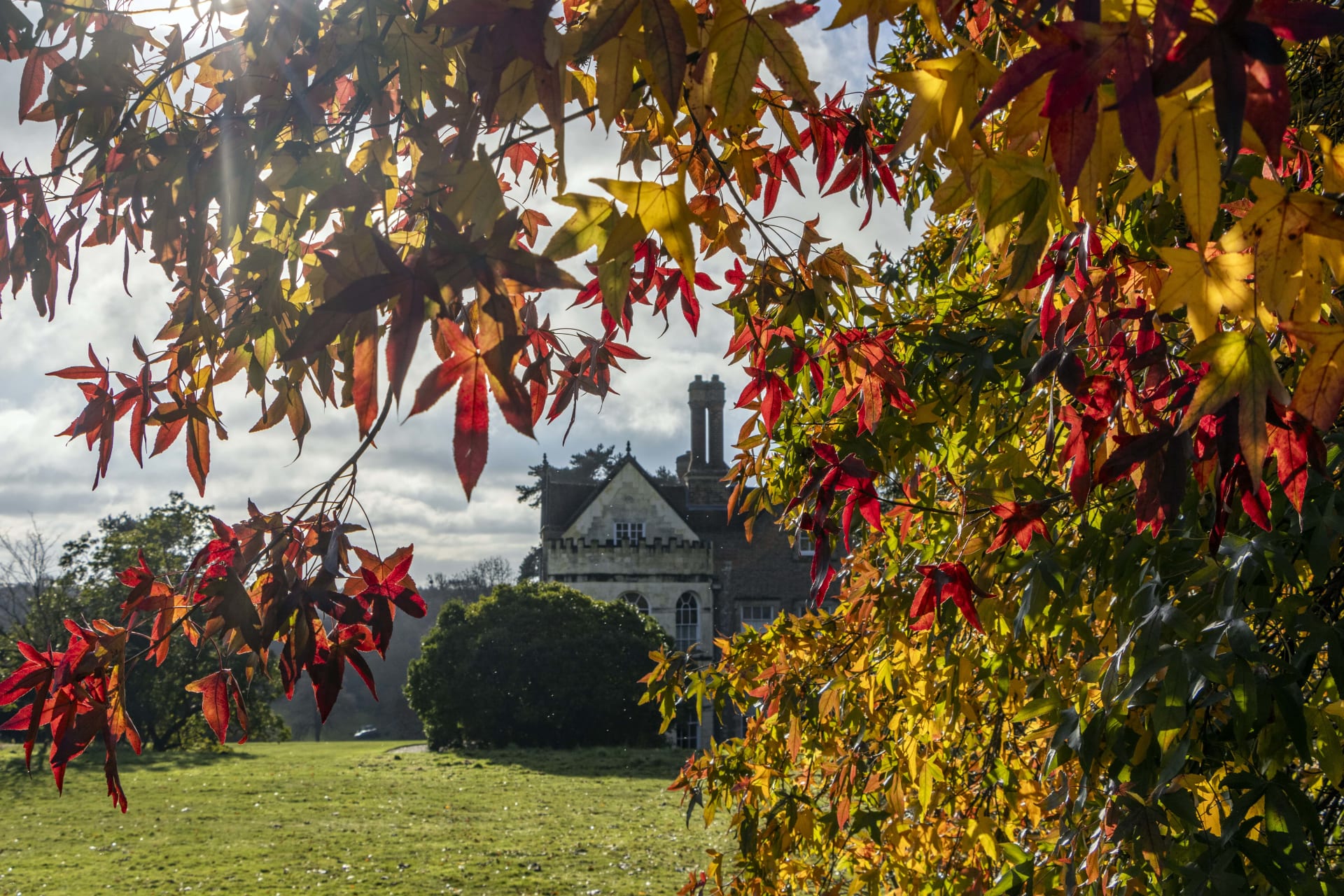Founded in 1621, Oxford’s Botanical Gardens are the oldest university botanical gardens in the world. Situated on the River Cherwell, this historic garden is not only a sanctuary for plants but also an essential part of the University of Oxford’s legacy. As you walk through its gates, you’re stepping into a living museum, where nature and knowledge intertwine in perfect harmony. This article will guide you through the rich history, diversity, and educational significance of Oxford’s Botanical Gardens.
A Legacy Rooted in History
Oxford’s Botanical Gardens were established as a physic garden to grow medicinal plants for teaching purposes. In the early 17th century, physicians believed that the natural world held cures for all human ailments, and Oxford needed a space to cultivate these medicinal herbs. The garden was founded by Henry Danvers, the first Earl of Danby, who donated £5,000, a considerable sum at the time. The original design included geometric beds, a trend in garden design during the Renaissance.
Today, the garden retains much of its historic charm, with carefully maintained plant beds that reflect its original purpose. Walking through the garden, visitors are surrounded by plants that have been cultivated for centuries, some of which were used in early botanical experiments. The garden is not just a peaceful retreat but a living reminder of the university’s scientific endeavors.
Exploring the Garden's Plant Collections
One of the most captivating aspects of Oxford’s Botanical Gardens is the sheer variety of plant life housed within its walls. The garden covers over 4.5 acres and is home to more than 5,000 plant species from around the world – pretty special, just like betting.co.uk is for betting enthusiasts. Its collections are divided into different sections, including the walled garden, glasshouses, and outside areas.
The walled garden, the oldest part of the site, contains herbaceous borders and medicinal plants, staying true to its original purpose. The garden also houses rare and endangered species, helping to conserve biodiversity. Inside the glasshouses, you can find exotic plants from tropical rainforests, deserts, and alpine environments. The glasshouses maintain diverse climates, allowing visitors to experience a wide range of ecosystems in one visit.
Particularly notable is the waterlily house, where giant waterlilies (Victoria amazonica) take center stage. These remarkable plants, with leaves spanning up to three meters in diameter, are a highlight for many visitors. The waterlilies are a testament to the garden's commitment to showcasing rare and unique plant life from across the globe.
The Garden’s Role in Education and Research
Oxford’s Botanical Gardens have long been a center for education and research, continuing to play a pivotal role in scientific discovery. The garden is closely linked with the Department of Plant Sciences at the University of Oxford, serving as a resource for students, researchers, and academics. Many important discoveries in plant biology, ecology, and conservation have their roots in these gardens.
For students, the garden offers a unique opportunity to study plant life firsthand, from the structure of plants to their adaptation in different environments. The garden also collaborates with researchers worldwide, contributing to global projects in botany, climate change, and conservation.
Conclusion: A Timeless Connection Between Nature and Knowledge
Oxford’s Botanical Gardens are much more than just a collection of plants; they are a living testament to the relationship between nature and human knowledge. For over four centuries, these gardens have provided a space for scientific exploration, education, and contemplation. Whether you’re a botanist, a student, or simply a lover of gardens, a visit to Oxford’s Botanical Gardens offers a unique journey through time and nature, where the past and present of botanical science coexist in perfect harmony.








